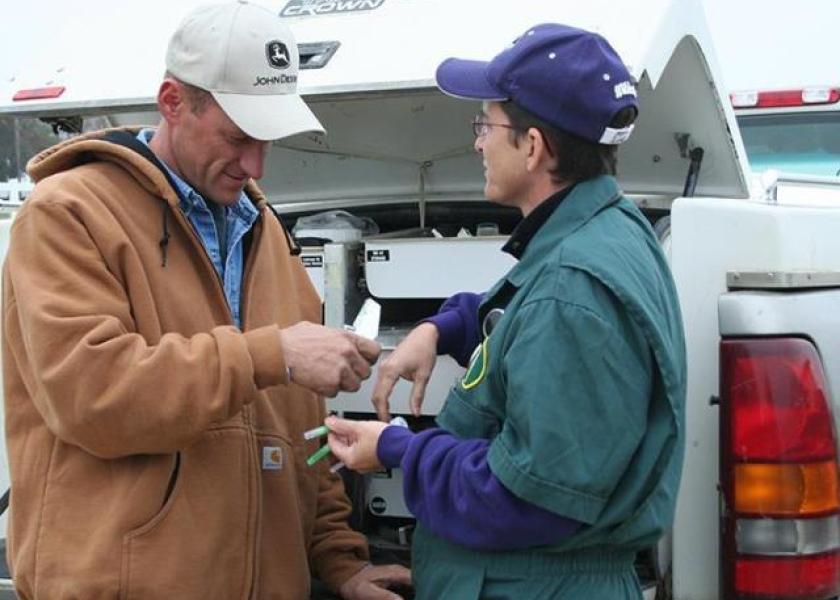New Partnership Aims to Address Rural Veterinary Shortage

A high debt load can cripple even the most productive of farmers and farming operations.
The same is true for rural veterinarians.
Many leave the business for higher-paying jobs in other industries after only a few years in practice, according to the American Association of Bovine Practitioners (AABP). Likewise, college students eye the expense of veterinary school and decide another career looks like it can offer a better opportunity – and fewer associated costs.
College is an increasingly expensive venture, and an advanced degree is even more so. The American Veterinary Medical Association (AVMA) reports students graduating from veterinary school in 2020 had an average total debt of $188,853 mostly in student loans.
That all adds up to bad news for livestock producers who need access to good healthcare for cattle, hogs, horses and other livestock.
Seeking Solutions
A new partnership between the Farm Journal Foundation in partnership and Zoetis Foundation is working to address the debt problem. The partners want to ease student debt and, in the process, increase the number of rural veterinarians.
“(The goal is to) help ensure access to high-quality veterinary care for livestock in rural areas," says Jeannette Ferran Astorga, president of the Zoetis Foundation and executive vice president, corporate affairs, communications and sustainability at Zoetis, in a news release.
Getting sound policy in place to help relieve student debt for rural practitioners is a first step toward improving workforce development and the overall viability of the sector, adds Tricia Beal, Chief Executive Officer of Farm Journal Foundation.
Beal says the Veterinary Debt Solutions Program will work with academic experts to research the causes and solutions for current challenges. Coalition leaders will make concrete recommendations that will then be taken to policymakers by a select group of livestock farmers and veterinary professionals, under Farm Journal Foundation’s new Veterinary Ambassadors program.
How Bad Is It?
Debt can be overwhelming, as evidenced by an informal survey conducted during the 2022 AABP Recent Graduates Conference. Approximately 3oo practitioners attended the conference, which is geared to beef and dairy veterinarians who have been out of school less than seven years. When asked if they planned to pay off their student debt, 86% of survey participants said yes, 9% said no and 5% said they weren’t sure.
In addition, the veterinary profession is currently experiencing an urban-rural divide. Only about 10% of final-year veterinary students expressing an interest in working with livestock after graduation, according to survey data from the AVMA.
As a result, about 500 counties across the U.S. now face shortages of veterinarians, according to the U.S. Department of Agriculture – creating challenges for the livestock industry and inhibiting rural economic growth.
More veterinarians are also needed to support government agencies on a range of issues, including inspection and disease control.
“The lack of veterinarians in many rural areas to support the livestock industry poses risks to farming livelihoods and ultimately our food supply,” Beal says. “We are grateful to the Zoetis Foundation for their vision and partnership to address this important issue.”







